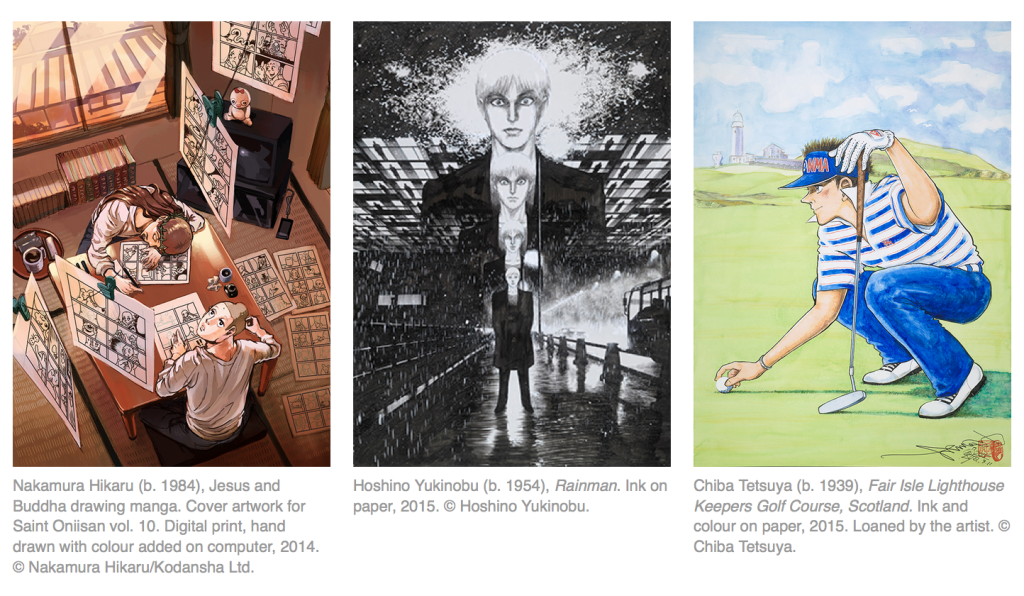So an email arrived inviting me to the launch of Punk.London at Oxford Street’s 100 Club, and I have to admit it didn’t totally intrigue me. Instead in gushed cloudy memories of a dark, sweaty cellar and an uncomfortable din, which I must have endured (it feels like) a hundred times over a couple of decades. But a closer look at the invite revealed this to be an occasion for nostalgia, a celebration of a 40-year anniversary marking London’s punk moment and the start of a movement, a subculture in fact, the long-tail of which has affected both attire and attitude.

Screen Shot from Punk.London website, designed by Brody Associates, inviting D-I-Y participation in a city-wide cultural event
“Subversive Culture” is the strapline (pardon the bondage-tinged pun), which it is claimed has fuelled creativity (now the Creative Industries) ever since. Over the coming year a host of venues will stage events big and small, backed by the Greater London Authority (GLA); shouting about London’s past punk credentials must have tourist-attracting potential. With an identity and online hub branded by Neville Brody (still demonstrating punk attitude by being “notoriously abrasive”, according to Digital Arts), for me the most innovative element is an prompt to organise your own event; tagged “D.I.Y.” the page offers links to branding and fundraising advice, via the Heritage Lottery Fund (HLF).
Regardless of designated anniversaries punk is perennial, and it doesn’t need much of an excuse to hit the headlines. In 1998 I reviewed an exhibition, Destroy: Punk Graphic Design in Britain, and because it isn’t available on the magazine’s website I’m re-posting it, see below. Yes it was cheeky of me to declare punk to be the only “memorable cultural event in the 1970s”, but that’s a clue to my age. I may have been “witness” to the “heyday of punk” but only just; the article is unapologetically London-centric, too, hardly surprising as I was still at school and London was home. What isn’t mentioned is that I was a lender to the show too, having amassed a substantial collection of vinyl due to a fascination with indie record shops. I sold most of the best bits (the vultures were already circling at the Private View) as I became nomadic, leaving London in April 1998, and had neither the means (no turntable) nor inclination (changing musical tastes) to listen again.
Continue reading


